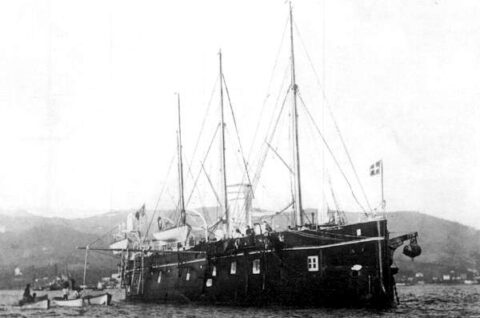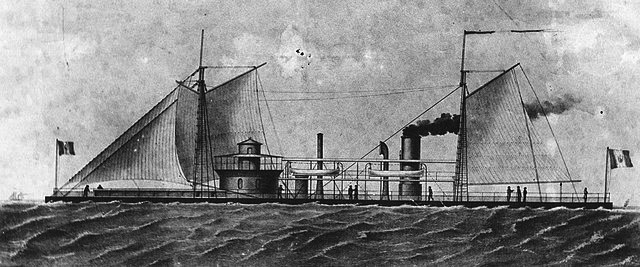Category: Industrial-era-Navies

Author: naval encyclopedia Published Date: November 14, 2023
Formidabile class ironclads (1861)
Italian Regia Marina, French Built 1860-1904: Formidabile, Terribile The very first Italian ironclads were the Formidabile class. They were at…
The Great Clippers (1820-1870)
Introduction For once, we left the guns to rest, and turn the bar back in time, with one of the…

Author: naval encyclopedia Published Date: January 2, 2019
Union Navy 1861-65
THE UNION NAVY (“OLD NAVY”) The goal of this chapter is not to portray every single ship featured during the…
Confederate Navy 1861-65
THE CONFEDERATE NAVY (CSS) The confederate fleet was actually more the amount of ships that were seized in the Confederate…

 dbodesign
dbodesign